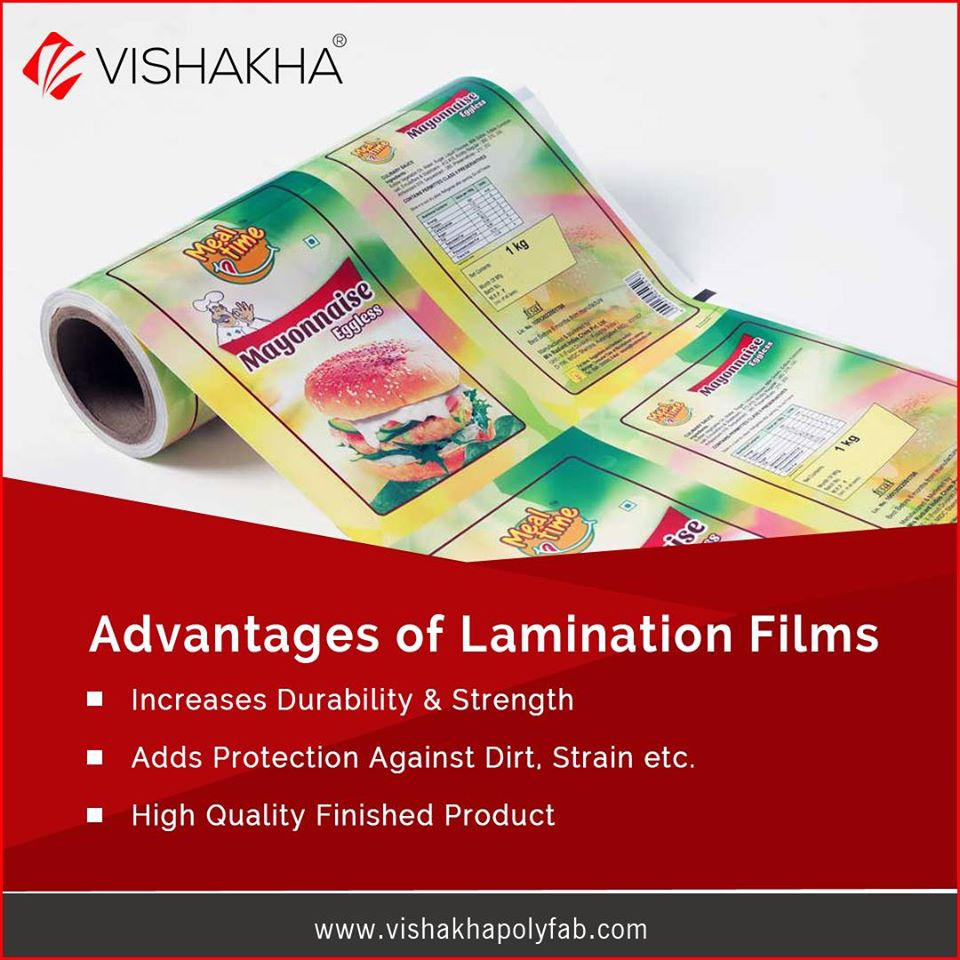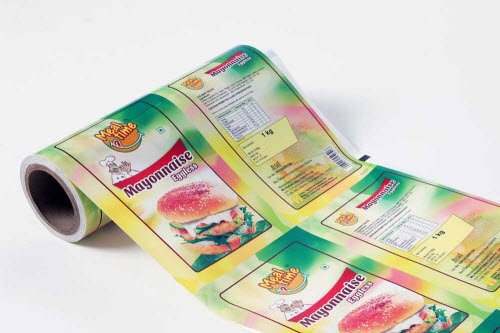Packaging is more than just a means of containment; it’s a crucial aspect of product presentation, preservation, and safety. Among the many innovations in packaging materials, laminated films have emerged as a game-changer, transforming the way we package various products across industries.
Understanding Laminated Films
Laminated films are composite materials created by bonding multiple layers of different materials together. Each layer contributes unique properties to the final product, resulting in a versatile packaging material.
The Composition of Laminated Films
These films typically consist of layers such as plastics, adhesives, foils, papers, or even textiles, combined strategically to offer a range of functionalities.
Versatility in Applications
The diverse combination of materials in laminated films allows for a wide array of applications across industries, catering to different needs such as barrier protection, aesthetics, and durability.
Revolutionizing Packaging across Industries
Food Industry
In the food industry, laminated films play a pivotal role in ensuring food safety, extending shelf life, and maintaining product freshness. They provide excellent barrier properties against moisture, oxygen, and contaminants, safeguarding the quality of perishable items like meats, snacks, and dairy products.
Flexible Packaging Solutions
Their flexibility allows for unique packaging formats like pouches and sachets, enhancing convenience for both manufacturers and consumers.
Pharmaceuticals and Healthcare
Laminated films have found extensive use in pharmaceutical packaging due to their ability to protect sensitive medications from external factors, ensuring potency and efficacy.
Tamper-Proof Packaging
Their robustness contributes to tamper-proof packaging, maintaining the integrity of pharmaceutical products throughout the distribution chain.
Consumer Goods
From cosmetics to electronics, laminated films offer protective packaging that not only ensures product safety during transit but also serves as a canvas for captivating designs, elevating brand visibility and consumer appeal.
Enhanced Branding Opportunities
The printable surface of laminated films allows for vibrant and detailed graphics, enabling companies to communicate brand messages effectively.
 Advantages of Laminated Films
Advantages of Laminated Films
Improved Shelf Life
One of the primary advantages is the extension of shelf life for various products, reducing wastage and enhancing economic viability.
Barrier Protection
Laminated films act as barriers against moisture, oxygen, UV rays, and other environmental factors, preserving the quality of the packaged items.
Customizability and Flexibility
Their versatility in design, structure, and functionality enables tailored solutions for specific packaging needs across industries.
Challenges and Future Developments
Environmental Concerns
Despite their myriad benefits, concerns regarding the environmental impact of laminated films persist. Innovations are underway to develop more sustainable alternatives and improve recyclability.
Technological Advancements
Continual research and development aim to create thinner yet more effective laminated films, reducing material usage while maintaining performance.
 Conclusion
Conclusion
Laminated films stand as a testament to innovation in packaging materials, offering a multifaceted approach to meet the diverse needs of different industries. While challenges exist, their adaptability, protective properties, and aesthetic appeal continue to revolutionize packaging across the globe.

 Advantages of Laminated Films
Advantages of Laminated Films Conclusion
Conclusion